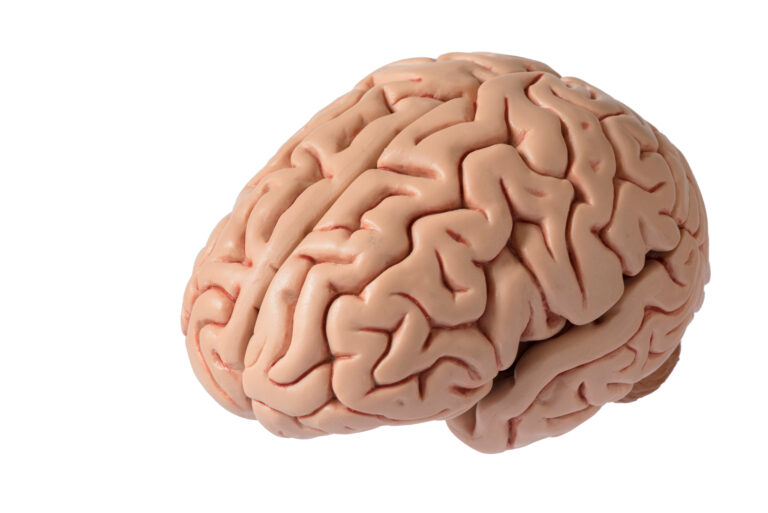Innovative Approach Uses Ultrasound to Clear Brain Plaques
As we age, our bodies experience a natural decline in certain functions, including our cognitive abilities. This decline is often associated with the buildup of plaques in the brain, which are believed to contribute to the development of neurodegenerative diseases like Alzheimer’s. These plaques, made up of a protein called beta-amyloid, can impair the communication between brain cells and ultimately lead to memory loss and other cognitive impairments. For years, researchers have been searching for ways to clear these plaques from the brain and improve cognitive function. And now, an innovative approach using ultrasound technology has shown promising results in doing just that.
Ultrasound technology has been used in medical settings for decades, mainly for imaging purposes. However, recent studies have shown that it can also be used as a non-invasive tool for breaking up brain plaques. This new approach involves the use of focused ultrasound waves to target and disrupt the structure of these plaques, making it easier for the body’s immune system to clear them out.
The idea behind this approach is based on the concept of cavitation, which is the formation of tiny bubbles in a liquid when exposed to sound waves. When these bubbles collapse, they create shockwaves that can break apart solid structures like brain plaques. This process is similar to how kidney stones are broken down using focused ultrasound waves.
In a study conducted by researchers at the Sunnybrook Health Sciences Centre in Toronto, Canada, 9 patients with early-stage Alzheimer’s disease were treated with this approach. The patients underwent a series of treatments over a period of several months, during which they received focused ultrasound waves targeted at specific areas of the brain affected by plaques. The results were astounding – all 9 patients showed a significant reduction in the amount of plaque in their brains, with some patients experiencing up to a 40% decrease.
But what makes this approach even more groundbreaking is that it not only clears the plaques but also stimulates the brain’s immune response to continue clearing out the remaining plaques. This means that the benefits of this treatment could potentially last longer and be more effective than traditional methods like medication.
One of the main advantages of using ultrasound technology for clearing brain plaques is its non-invasive nature. The treatment does not require any surgery, and the patient is not exposed to any radiation. This significantly reduces the risk of complications and makes the procedure safer for older patients who may not be able to undergo invasive treatments.
Moreover, the treatment is also quick and painless, with each session lasting only a few hours. Patients can go home after the procedure and resume their daily activities without any downtime. This makes it a convenient option for those with busy schedules or limited mobility.
Of course, like any new medical approach, there are still some limitations and challenges that need to be addressed. For instance, the long-term effects of this treatment are still unknown, and further studies are needed to determine its effectiveness in later stages of Alzheimer’s when plaques have already caused significant damage to the brain. Additionally, this treatment may not be suitable for all patients as it requires a certain level of cognitive function and cooperation during the procedure.
Despite these challenges, the use of ultrasound technology to clear brain plaques is a significant step towards finding a cure for neurodegenerative diseases like Alzheimer’s. It offers a more promising and less invasive alternative to traditional methods and has the potential to improve the quality of life for millions of people worldwide.
In conclusion, the use of focused ultrasound waves to clear brain plaques is an innovative approach that shows great potential in fighting against cognitive decline. With further research and development, this technology could be a game-changer in the field of neurology and pave the way for new treatments for Alzheimer’s and other neurodegenerative diseases.





